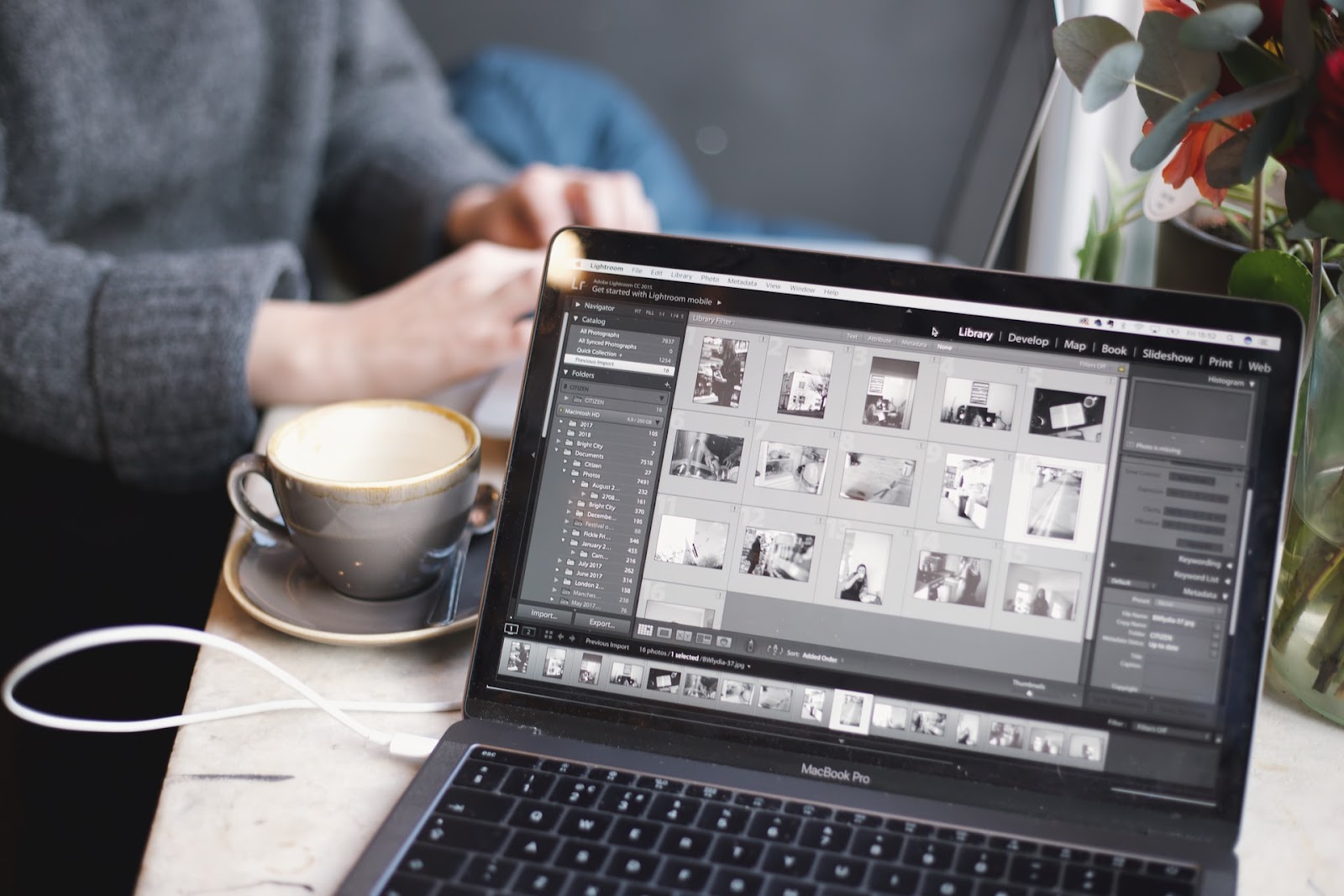
Editing is an essential part of any creative process. From writing to photography, you can bring out the best aspects of your art or completely change the end product. Photography editing specifically doesn’t have to be an arduous effort, especially after you’ve found your style.
How to Make Your Photos Look Better With Editing
With editing, you won’t need a good tripod or a sunny day to create stunning images in a design program of your choice.
Here’s how to edit your photos so they look even better than before.
1. Show Off Your Own Editing Style
Most famous photographers are known for their unique style, but that doesn’t mean you have to reinvent the wheel. Retro sepia and black-and-white are commonly used because they bring out different shadows and moods in photos. If you haven’t found your style, start experimenting!
2. Experiment With Filters and Tools
An easy way to find your own style without a lot of editing knowledge is through online tools. For example, BeFunky is a free photo editor that comes with several filters, like watercolor and a cartoonizer. You can even use this tool to remove backgrounds, retouch portraits, and more.
3. Clean Up Low-Resolution Images
You’ve probably taken a few low-resolution shots that would have looked amazing if your camera focused at the right time. Instead of throwing them out, try upscaling the resolution on your program. For example, Photoshop has the Resample Image tool, which boosts PPI.
Keep in mind that you don’t have to create a high-resolution image if it’s staying on the internet. Most monitors can only display 72 PPI, whereas printed images should be at least 300 PPI.
4. Resize and Crop Your Photos
Resizing and cropping is much easier to do with modern design tools. In fact, you can resize or crop an image directly from your gallery. As long as you don’t try to resize a low PPI photo, you should be able to get what you want in the frame or re-center the subject in your image.
If your image is still too big or asymmetrical, try straightening it with the cropping tool. This tool can really come in handy if you shot a photo too wide, too slanted, or with a Dutch angle.
5. Remove Distracting Elements
Depending on where you shoot your photograph, there will be plenty of other elements that compete with the subject in your photo. Several photographers will remove environmental disturbances with a spot tool or minimize the presence of blemishes on the skin or stray hairs.
To remove large objects from a detailed image, like a plane or a person, you’ll need to use the clone stamp or healing brush tool in Photoshop or similar tools in another design program.
6. Adjust White Balance and Exposure
Images have a color temperature, and you can make photos warmer or cooler by adjusting the white balance. First, locate the color temperature in your image, then change it by modifying the blues and oranges within the photograph. After this step, you can correct the exposure.
Exposure or brightness is a term used to describe the shadows and highlights found in a photo. Most design tools can automatically adjust the exposure to achieve a desired look and feel.
7. Change the Contrast and Color
Contrast describes the difference in tones and colors that make up an image. A high contrast photo can help draw more attention to the subject, while low contrast mutes contrasting colors. Low contrast photos are typically used for landscapes because they include middle tones.
When working with contrast, adjust the strength of the color. For example, you can make jam red flower petals look like candy apple red or blend the original red into the green stem or blue sky.

